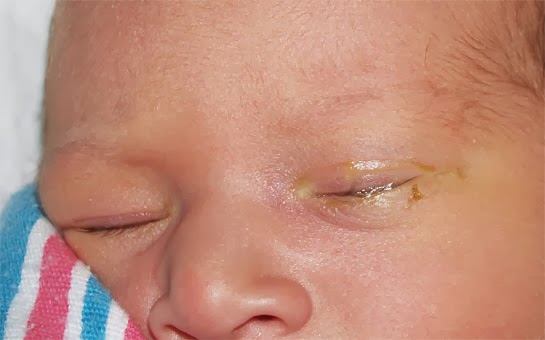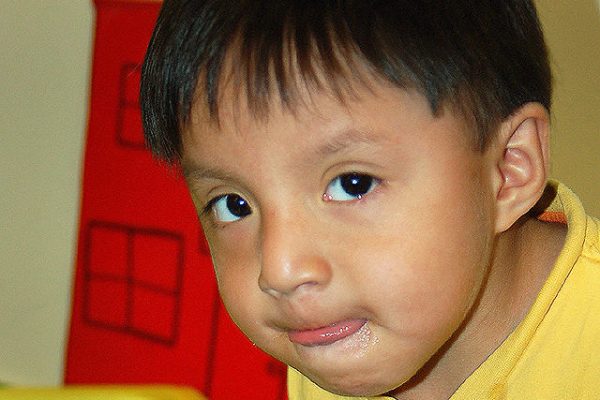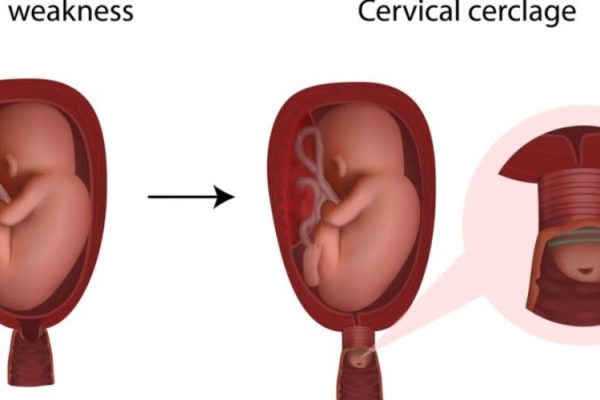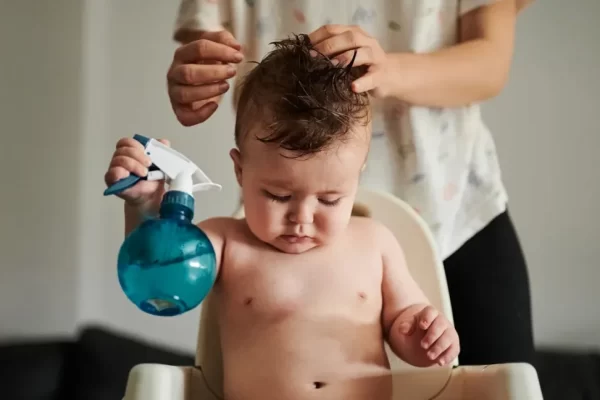A woman when gets the news that she is pregnant her life begins to change for good. There are dreams and desires from the first day. What kind of clothes she is going to buy, if she has a girl or a boy, what kind of cradle she is going to get and a lot more. But most of all she has a wish that she asks for every day and that is whatever she gets, a girl or a boy, it should be free from all kinds of diseases. So today we will talk about the disease that affects the baby as soon as they are born. One such disease is Ophthalmia Neonatorum. Get on board to learn the complete details about what is Ophthalmia Neonatorum, its symptoms and its causes.
Table of Contents
What is Ophthalmia Neonatorum?
The conjunctiva’s inflammation in the newborn child in its first 28 days, called as inflammation ophthalmia neonatorum. They are of two different types, septic and aseptic. As the name suggests, if the infection gets septic, it is called a septic infection, and if the infection remains acute within the conjunctiva, it is called an aseptic infection. Almost a thousand kids get blind due to ophthalmia neonatorum every year. Its prevalence is higher in poor kids rather than in richer ones. This is due to the hygienic and dietary issues in the rural areas.
Causes
Now let us quickly jump onto the causes of ophthalmia neonatorum. Below are some proven causes that have a clear drop-in in capturing these diseases. They are:
- The organisms causing this disease are chlamydia trachomatis, herpes simplex virus, gonorrhoea, etc. These organisms, especially gonorrhoea, penetrate the skin and join the bloodstream to infect the eyes. Chlamydia trachomatis and herpes simplex virus, once caught, can get severe. You can get these viruses through the fluid exchange, blood transition, unprotected sex, contaminated needles, etc.
- The organisms stay in the vagina after delivery affecting the mother and the child.
- The premature rupture of the membrane can surely infect the child from the ophthalmia neonatorum.
- If the mother is infected from chlamydia and is suffering from labour pain with a long delivery time, the child can get infected from the ophthalmia neonatorum.
- If there is any sort of trauma to the epithelial barrier, the organisms can easily invade inside and cause conjunctivitis inflammation.
- Decreased levels of IgA in the child’s body make its immunity weaker, that later on results in diseases like pneumonia or ophthalmia neonatorum.
- Exposure to silver nitrates can cause ophthalmia neonatorum in the kids of less than 28 days. Silver nitrate has a surface-active chemical leading to infection with conjunctivitis by facilitating agglutinate gonococci.
- If the precaution is not being followed in the way it should have been or the patient’s care and the child is not taken, and they get contaminated, they are at a higher risk of catching ophthalmia neonatorum.
Symptoms
There are several symptoms that can be noted in the patients who are suffering from ophthalmia neonatorum. Some most common symptoms are described below:
- Redness of the eye is the most common symptom seen due to the information of conjunctivitis.
- Erythema of the skin is an additional symptom that comes free with ophthalmia neonatorum.
- There is a purulent eye discharge that is the identifying clinical symptom. This means it is a confirmatory symptom. If this is present then there is a definite possibility of this disease occurring.
- There can be swelling of the eyelid which results in the heavy lid causing the eye to get closed again and again.
- The symptoms are usually bilateral which means it affects both the eyes.
- Bacteremia is noted in the patients suffering from ophthalmia neonatorum. This results in several other organs getting infected due to the presence of organisms in the blood.
- Meningitis is another common symptom associated with ophthalmia neonatorum.
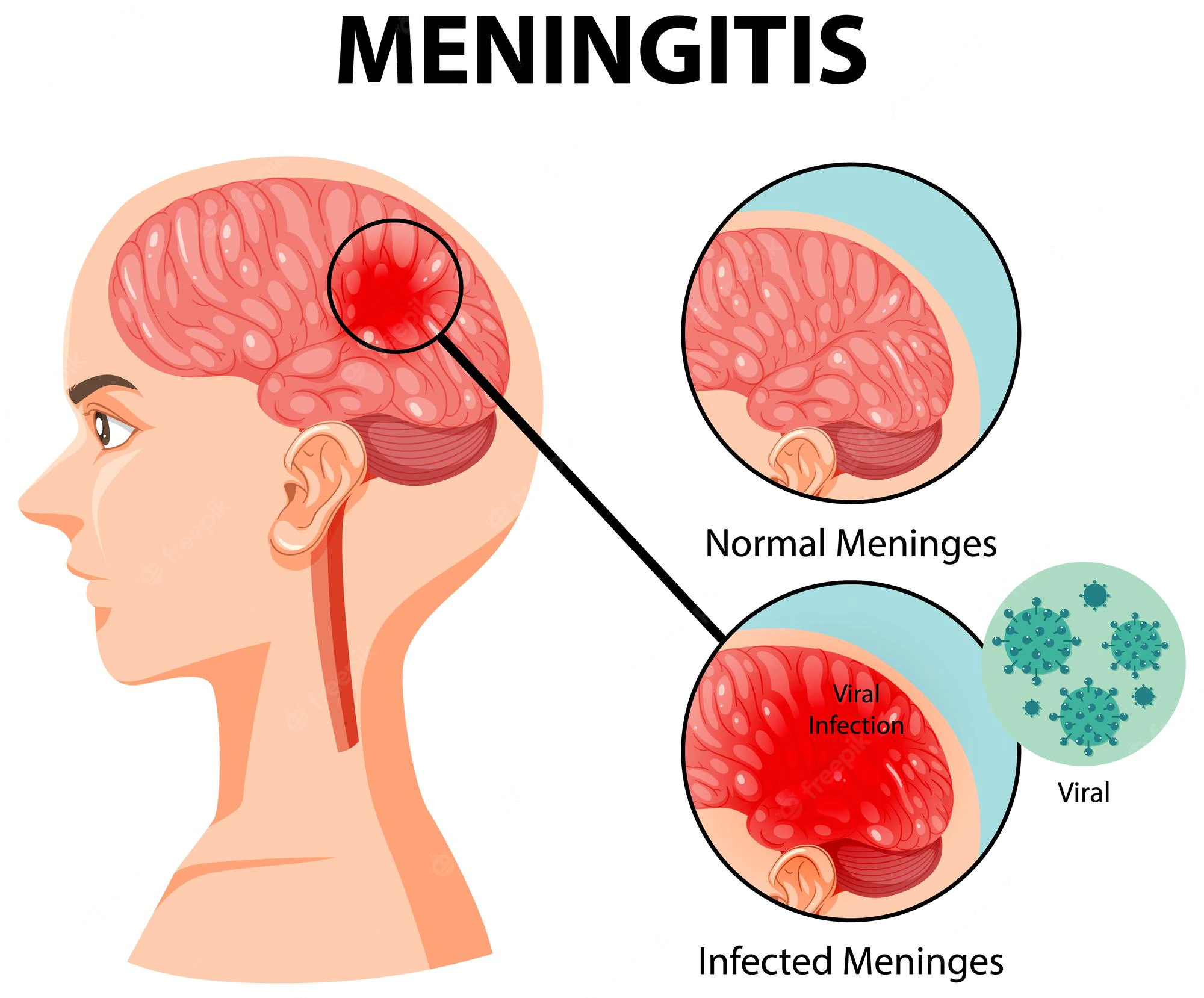
- If this disease is left untreated it might cause blindness to the child who was born with the adequate vision property.
- There is constant itchiness felt in the conjunctiva.
Diagnosis
Diagnosis or investigations are made to confirm the doctor’s suspected disease while checking the patient in his clinics. The confirmatory tests are done in the pathology labs to know the pathology of the disease. First of all, a causative organism is identified. This is done through the swab test. A cotton swag is run against the sclera to collect the discharge on the head of the cotton bud. This sample is then cultured on an agar plate to find out which organism has caused ophthalmia neonatorum. If the organism found is counted under the above-given causative organisms, the ophthalmia neonatorum is confirmed.
The other tests performed are the following:
- Blood tests are performed to get the knowledge about cell count as it confirms any sort of infection present.
- Clinical findings are checked twice to tell the Suspected disease.
- The mother’s medical history is taken to confirm the source of this disease.
Treatment
The medicines that are used to treat ophthalmia neonatorum are eye drops and several tablets. The drugs that are given during ophthalmia neonatorum belong to the antibiotic family and they are topical erythromycin, systemic cephalosporin, erythromycin and others. These drugs are given to prevent the growth of causative organisms in the body and reduce infection. Analgesics and NSAIDs like aspirin are also given to the patients to reduce inflammation and pain.
Taking these medications and being under the observation of a doctor can help your child fight ophthalmia neonatorum.
The Final Verdict
For the final verdict, it can be said that prevention is a must. You should take your as well as your baby’s complete care by going for regular checkups and keeping yourself isolated from infected persons. Prevent your child from these diseases and get a complete treatment with immense care if by chance the child is suffering from ophthalmia neonatorum.
I am an Ambitious girl with a special interest in writing and sharing my knowledge. I love to hangout with nature and learn from it. My words will display the power of nature to the best as I love to write about the environment.


